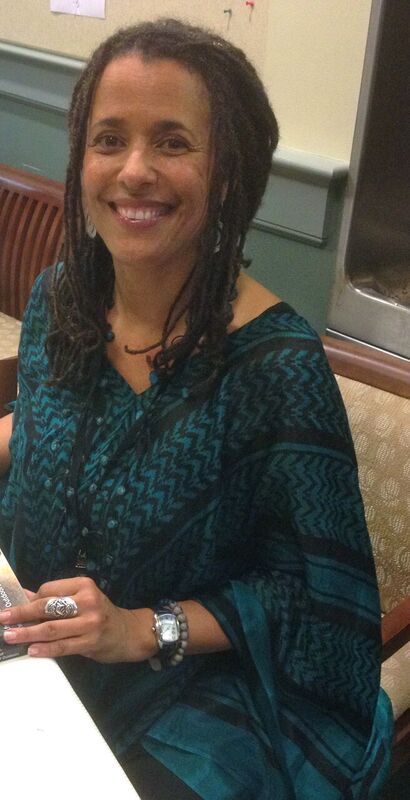Dr. Carolyn Finney, an artist, writer and geography professor at the university of Kentucky promotes a deeper awareness of race and the environment. She explores how art informs our political decisions which shape our realities.
In her recent book “Black Faces, White Spaces-Reimagining the Relationship of African Americans to the Great Outdoors”, Finney examines the issue with the lack of representation of African Americans which displays a disconnection to nature.
Q: In your book you mention problems with addressing historical representation in education. In regards to visibility in elementary schools, how can we implement change in the classroom?
A: Well, now we’re entering into a place in U.S, history where that’s going to be harder to do, because we have a dominant perspective about which lives are important. There’s that perspective that controls a lot of the dominating institutions including education. Institutions are affected by policies and politics; I can’t answer the question without acknowledging that we’ve just entered into where it’s going to get harder to do just that. There’s this idea that there’s one dominating story about who we are in this country, how that story is told over time and who gets to represent that story. I think that there are people, who because of the body they inhabit, difference isn’t apparent. So a part of it is then building their own knowledge base to understand.
Q: What would be some solutions?
A: You have to be willing to take risks. With the education system there’s a hierarchy, so it has to do with the willingness of people in the classroom to take a risk with something that they teach, show and share. It may not go over well, but I think the more risk taking we do and the way we tell the different stories, ultimately we can change things.
Q: You call awareness to the cover of Vogue in 2008 with Lebron James and Gisele Bündchen and the reproduction of racist images. How are we perpetuating these images in popular culture?
A: Art for me is not about mass culture. I’ve been looking at the way which artists are responding to the election with their art. Anybody that’s creative, myself included, this is a way to fight, to express our views, our dismay, our anger and express hope. Art broadly defined for me is a way in which to explore ideas. It’s a space that is less policed from other spaces of knowledge production. Art, in its own way, can be democratic in the way that everybody can participate. Having said that, when art is used in popular culture, it’s often tied to the selling of an idea. The image of Lebron James and Gisele Bündchen was trying to sell something.
Q: With recent campus division, how can we as students try to engage with each other across differences?
A: One of the things that we can do is document the stories. Document them as a way to point to these incidents and try to understand why. We start to find out that we have these connections, there’s a larger tapestry that we start to create. It’s helps us build our own case for what we want to change. This is a historic moment and we can lay witness to that. What does it mean to be part of it and lay witness to it as storytellers? The power of the story to actually grow connections across differences.









